How to Clean Your Dog’s Teeth Without Brushing
by dogtoyadvisor | Last updated on November 18, 2020
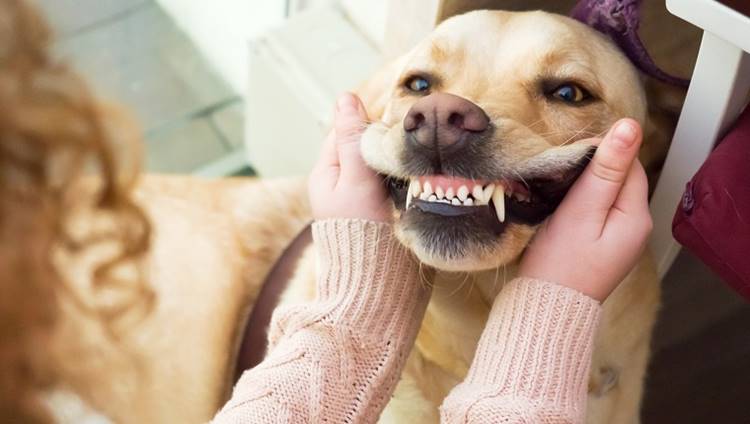
This page may contain affiliate links, meaning we receive a commission if you purchase through our links, but this is at no additional cost to you.
We can’t stress enough how big of a deal dog dental health is.
But we also know that it’s easier said than done.
Most dogs won’t cooperate with any efforts to brush their teeth, like they actually prefer to have rotten teeth and bad breath than go through any dental hygiene routine.
Luckily, there are other ways to keep your dog’s teeth in shape without brushing.
And we’re here to tell you what they are.
Why Dogs Need to Have Healthy Teeth
Well, the most obvious signs that your dog’s teeth aren’t healthy is all the pain he feels, bad breath and the bleeding he shows whenever he eats or when you try to brush his teeth.
And know that this isn’t something that will go away, it will only get worse.
Also, much like humans, rotten teeth will break, fall off and/or spread dangerous bacteria to your dog’s blood circulation, putting his life in danger.
Nothing good can come out of neglecting your dog’s teeth.
And we must confess we’re guilty of doing just that.
Hectic schedules, lack of time and just too much to do will, more often that we would like to admit, make us delay taking care of our dogs teeth to the next day.
And the next and the next one after that.
But it’s something that needs to be on top of our priorities when it comes to taking care of our dogs to make sure their teeth are healthy.
It’s our basic duty as their keepers.
How to Know if Your Dog is Having Dental Problems
These are the signs to watch out for.
If your dog shows one or more of these symptoms, he’s probably in trouble:
- Red or bleeding gums
- Blood on something he’s chewed or in his saliva (toys, treats, food, whatever it is)
- Complaining when eating or yawning
- Loose, discolored or broken teeth
- Bad breath
- Lumps or bumps inside his mouth
- He doesn’t want you to touch his head
- He’s struggling to eat
- He’s chewing the side of his mouth
- He’s scratching his mouth and jaw with his paw
What is Hurting Your Dog’s Teeth?
There are two main culprits for all of your dog’s dental problems.
Plaque and Tartar.
Plaque is a gummy substance that will form in your dog’s teeth after he eats.
When mixed with the dog’s saliva,(in about 24 hours) it hardens and accumulates around the teeth and between the teeth and the gum, eventually transforming into tartar.
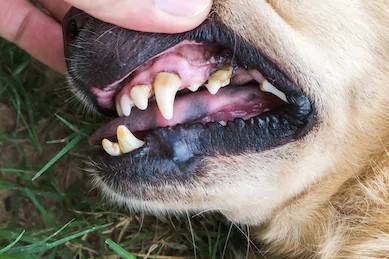
Tartar will then form a hard, rough surface where bacteria grows and multiplies.
This bacteria can cause inflammation of the gums (gingivitis that leads to periodontal disease).
Tartar buildup will also cause your dog’s gums to recede away from the teeth roots.
This exposes the sensitive, enamel free part of the teeth, causing pain and sensitivity.
5 Ways to Clean Your Dog’s Teeth Without Brushing
Here we go, our 5 tried and tested tips for keeping plaque and tartar away from your dog’s teeth.
We can honestly say we’ve tried over the years dozens of products, tested so many options until we pretty much lost count.
These are the ones that work and that our dogs approve.
Hopefully yours will too!
Tip 1 – Use an Enzymatic Toothpaste
The important word here being enzymatic.
Yes, there are loads of dog tooth pastes available, but more often than not they won’t help your dog’s teeth without brushing thoroughly.
Enzymatic tooth pastes allow you to prevent plaque buildup just by feeding them to your dog, without any brushing, the enzymes working with the dog’s saliva.
An important information to hold is NEVER give your dog human toothpaste, just the ones meant for dogs.
This is our dog’s favorite tooth paste, we just feed it to them, they love the taste and are always up for it.
No complaints, no resistance, great breath.
Perfect!
Tip 2 – Let Him Chew The Plaque Away
Not all dental chews are born alike.
Most of them actually make the problem worse.
Yes, your dog chews on it and removes the plaque from his formal meal but end up leaving their own debris behind.
Also, most do nothing for your dog’s breath.
Then we found these.
Gluten-free, vegetarian and natural, filled with prebiotics that are good for your dog’s digestion, these chews were recommended by a vet specialized in gastrointestinal health.
Plus, our dogs love the taste.
Tip 3 – Chew Toys
Chew toys are a great help with your dog’s teeth.
The groove and edges on most of these toys allow your dog to massage the gums and clean the teeth while having a blast!
Luckily there are a lot of great options available, we personally have a chest filled with several options for our very discerning dogs and they’re always very happy to see them.
This particular chew toy is durable and jam-packed with bacon flavor.
Our dogs can’t resist it.
Tip 4 – Add a Little Helper to Your Dog’s Food
There are also food supplements your can add to his diet to help keep your dog’s teeth healthy.
One of the most efficient ones are a seaweed-based powder you just add to your dog’s food.
It’s really as simple as that!
This particular supplement is so easy to use there’s really no excuse to not to.
Also, we’ve seen great results in just a few weeks since we began giving it to our dogs.
Tip 5 – Add a Little Helper to The Water
Another option you may prefer is to add an additive to the water.
Maybe your dog is really finicky with his food or maybe you have cats too and want all of your pets to take advantage of this great product.
It’s a simple way to keep your pets teeth and gums clean and healthy.
This particular additive is great because it’s odorless and appears to be tasteless (we didn’t actually try it but never noticed any dog or cat reacting differently to the water.
We have a large water fountain for our pets and we just add water daily and substitute the entire water supply once a week.
The most noticeable difference is the fresh breath they all have.
Wonderful!
Recommending Reading:

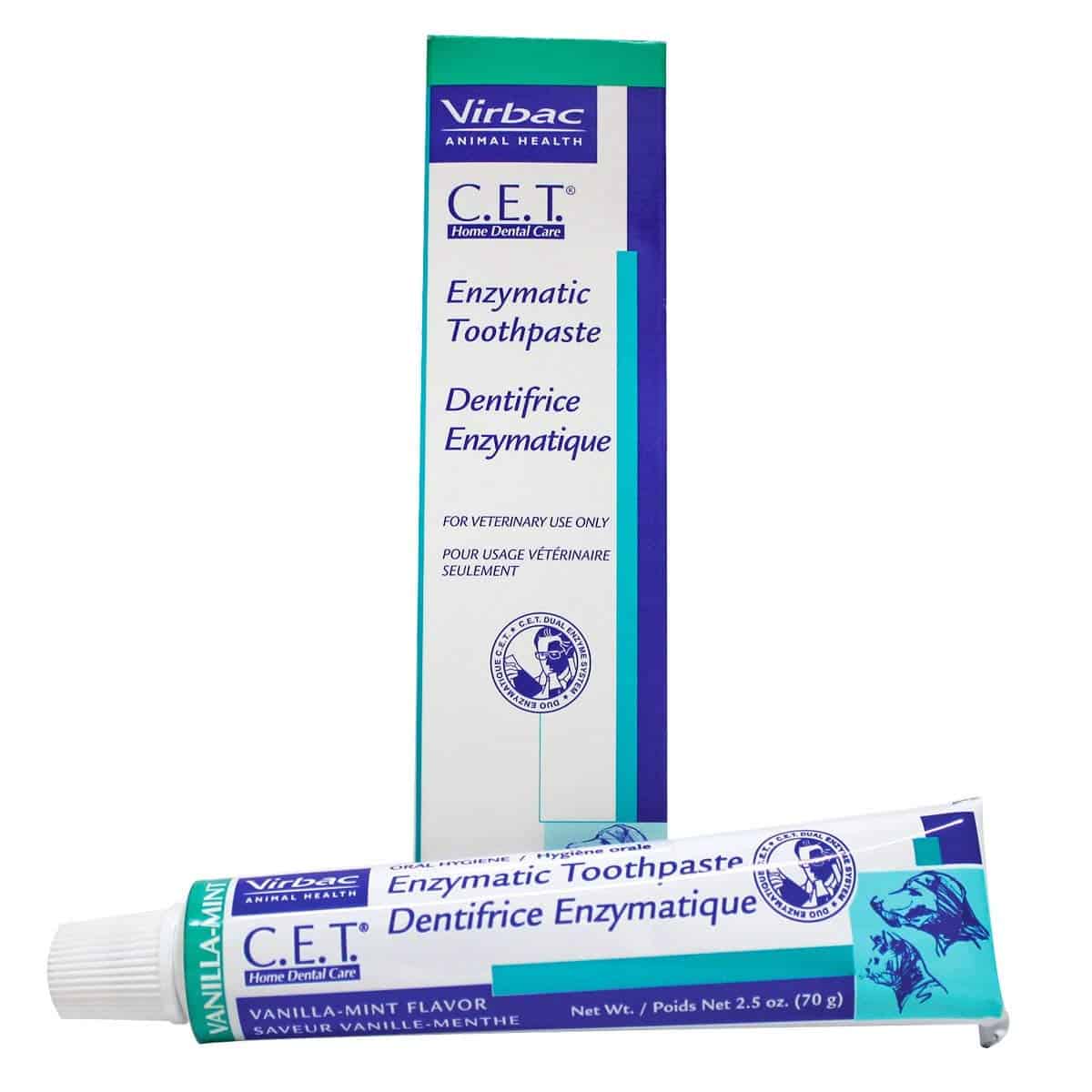



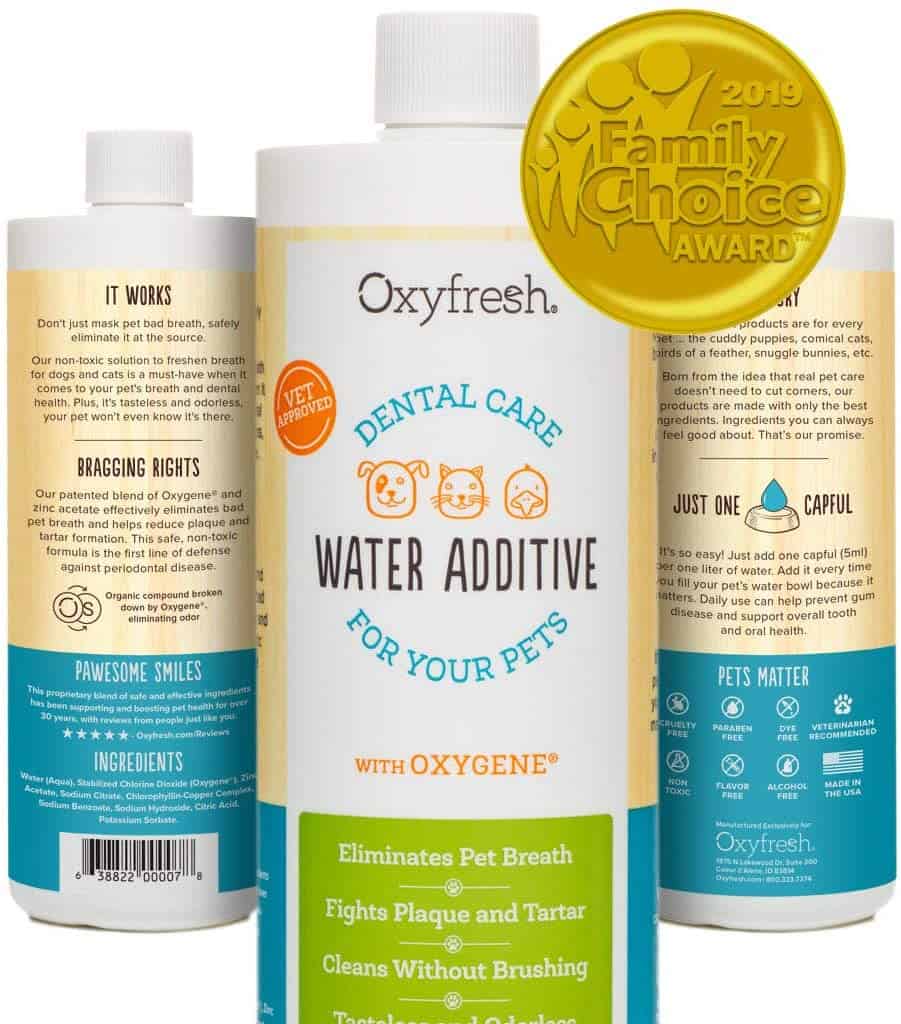
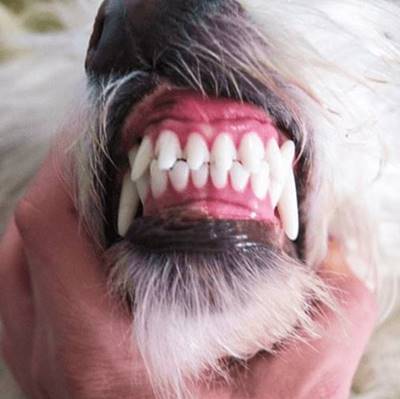
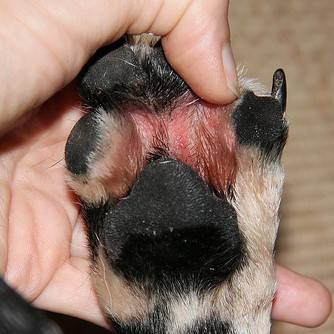


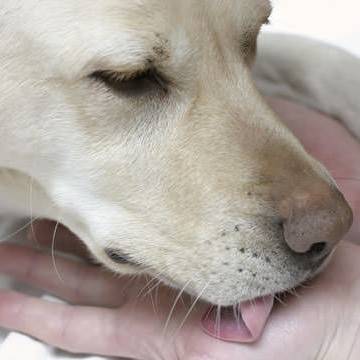
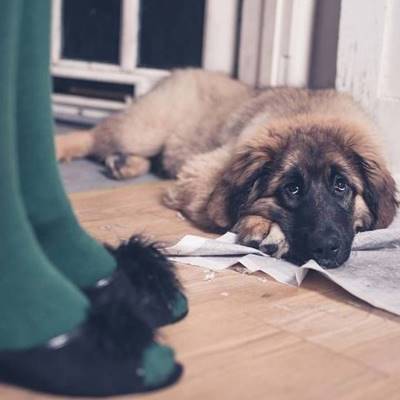


Did you have the information in french.
Hi Louise.
I’m afraid not. Other than using Google Translator, I can’t think of a way to help you with that.
Thank you,
Sandy